Monuments
Convent Order of Saint Augustine
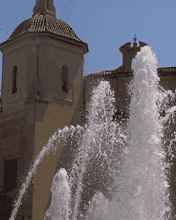 |
The first big period of growth of Huelva as a city took place in the 16th century. It was aided by the founding of the Convent of Saint Mary of Grace in 1510. Plaza de las Monjas
|
The Hermitage of Solitude
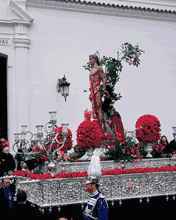 |
This 18th century church is deeply rooted in the city due to being the first parish of Huelva, and for being the place where the poet Miguel Hernández was captured during the civil war, whilst he attempted to escape to Portugal. C/ Jesús de la Pasión
|
La Rábida College
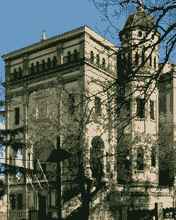 |
Built in the 1920s it is notable for its grandness and combination of styles. The Nobel prize winner Juan Ramón Jiménez studied here.
|
Conception Street
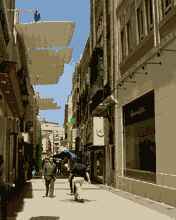 |
This has always been the traditional place for a stroll for the people of Huelva. As early as 1880 rules were put in place limiting the movement of carriages and wagons. Central and densely populated, this is the pinnacle of commercial activity in Huelva and has been since the 17th century.
|
Moret Park
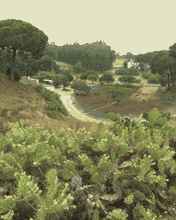 |
A large acreage of 72 hectares formed from patches of forest and bushes on the hills, along with areas of vegetable patches and fruit trees. Avenida de la Cinta s/n
|
The New Stadium "Colombino"
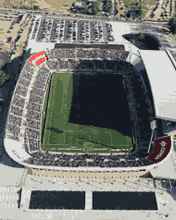 |
When the English bought the province's mines at the end of the 19th century they brought with them their passion for sports such as football, tennis, golf... The football club "Recreativo de Huelva" was founded on the 18th December, 1889, "The Dean" of Spanish football. Since 2001 this has been its home.
|
The Nuns' Square
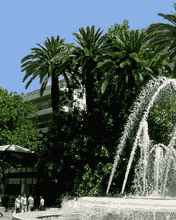 |
Taking its name from the convent of the Augustine nuns, which, if constructed at the beginning of the 16th century leads us to assume that this square formed in front of its facade was built during the first years of the same century.
|
Casa Colón
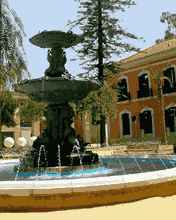 |
In the middle of the 19th century, when Huelva was going through the biggest period of growth in its history it was decided to hold an extravagant celebration to mark the 4th centenary of America's discovery. This complex, formed of four buildings inspired and built in the British style enclose a square garden, notable for its harmony. Plaza del Punto
|
The Cathedral of "La Merced"
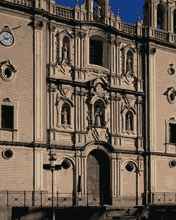 |
Plaza de La Merced Huelva's cathedral since 1953, this church forms part of the old convent of "Los Mercedarios", founded in the 17th Century. Today it is one of the sites of the University of Huelva. It is composed of three naves. Take a moment to appreciate the size of the "Virgin de La Cinta" by Martínez Montańés.
|
Queen Victoria
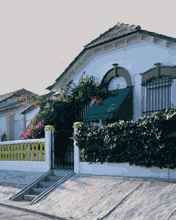 |
Here the Riotinto Company Ltd. built a neighbourhood to house its workers. Currently, the area (declared a historic zone) presents a great esthetic variety.
|
Seville Station
 |
The construction of Huelva's "Seville Station" was finished before the 19th century. Built in the neomudéjar style, that aimed to incorporate arquitectural traces of another time, with recognisably islamic decorations and details.
|
El Gran Teatro
 |
The creation of foreign captial in Huelva, as a result of the mining activity under the direction of the English population in the province, brought with it in the 19th century a big development of the cultural life of the Huelvan capital. C/ Vázquez López
|
Las Cocheras del Puerto
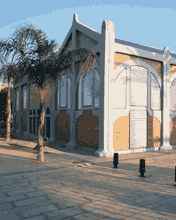 |
Dating from the beginning of the 20th century, these garages were used for the reparing of machines and locomotives used in the port. Today it is the reception and documentation centre for the port.
|
Church of the Conception
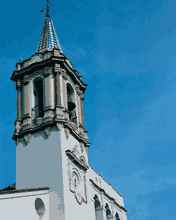 |
Its construction began in the year 1515. Nowadays one can no longer observe the gothic-mudéjar style in which it was originally conceived, although some elements from this epoch do remain, such as the vaulted ceiling of the main chapel. C/ Concepción
|
Church of the Miracle
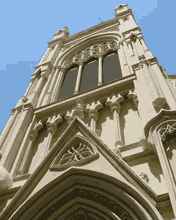 |
Planned in 1923 the only church to be built in the city at the start of the 20th century. C/ Rábida
|
Church of St. Peter
 |
Here in front of the oldest religious building in the city, we find a parish church built, in the 15th & 16th centuries, upon the remains of what was the centre of a medieval fortress, next to an old castle. Originally located on the remains of a mosque. Plaza de San Pedro |
Sanctuary of la Cinta
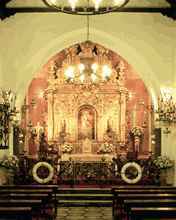 |
Devotion to her image, the creation of her Sisterhood, the construction of this sanctuary in her honour all date from the 15th century and their origins can all be traced back to that voyage of discovery. Avenida Manuel Siurot |
Monument to the Faith of the Explorer
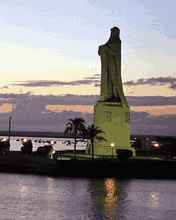 |
It was inaugurated in 1929. Is a cubist work made up of geometric forms, reaching 32m high. The Monument represents a man, Colombus leaning against a cross.
|
Riotinto's Dock
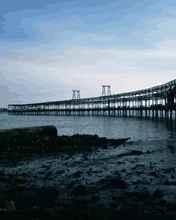 |
Where Huelva and its estuary coincide, magnificient and mining related, we find this dock/wharf belonging to Riotinto. In 1876 was designed by the British engineers George Barclay Bruce and Thomas Gibson.
|
Mora Claros Palace
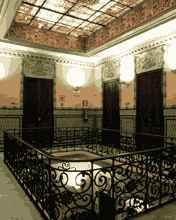 |
The structure built by the architects Serrano and Pérez Carasa at the end of the 19th century. Walk through it and discover its beautiful modernist decoration, take in the sight of the iron banister rails with flowers sculpted in copper, of the glass cabinets and stained glass, some of which evoque the spirit of Huelva's past, of its history of discovery and of Columbus. C/ Mora Claros
|
Coso of La Merced
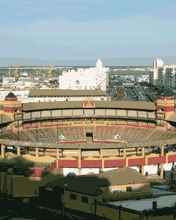 |
It was inaugurated at 1902. Today only the main door and some vaulted celiings remain of this historic and artistic bullring which had been based on Madrid's bullring. The new Plaza, inaugurated in 1984 was constructed upon the old foundations.
|
Huelva's Port
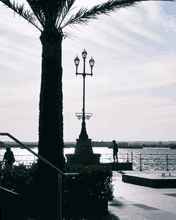 |
Today the port continues to permit Huelva to maintain an imporant maritime component. In it, a large fleet transport yearly thousands of tonnes of goods.
|
Church of the Sacred Heart
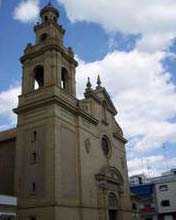 |
This is a church constructed from scratch in 1925 and blessed in 1929. The project was directed by Vicente Traver Tomás. C/ Presbítero Pablo Rodríguez
|
Church of San Sebastián
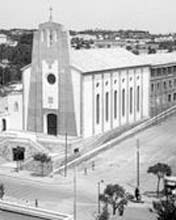 |
Home to the image of the patron Saint of the city, San Sebastián. It has a unique layout of aisles and naves with chapels and iconographic decoration alluding to the saint's martyrdoom. |
Sisters of the Cross Convent
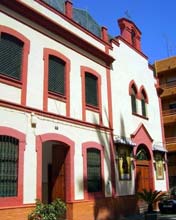 |
Inagurated in 1910 in a geo-gothic style, it has a pointed arch accessing the chapel on the lounge floor. |
Monumento a la Virgen del Rocío
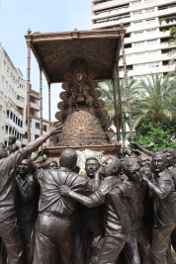 |
Made of burnished brass, the scene represents the procession of the Virgen del Rocio, carried on the shoulders of 60 Almonte. The play is about 4.3 meters high, with 4.5 meters deep and three meters wide, with an approximate weight of 6,000 kilos. Since its opening on March 20, 2011 has become the meeting place of devotion rociera Huelva and many outsiders. |
Monumento a Cristóbal Colón
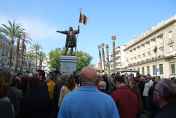 |
The City Council opened on Thursday 20 January 2011 the monument to Christopher Columbus. The bronze sculpture by the artist Elias Rodriguez Huelva Picon-measures 7.5 meters in height and in a short time has become the icon of the new Gran Via and Plaza of the Nuns. It is installed in this location for its proximity to the river, pointed to the Admiral with his index finger, meaning the ratio of Huelva and the sea, dozens of men who brought the issue that divided the August 3, 1942 from port of Palos to the New World. |
